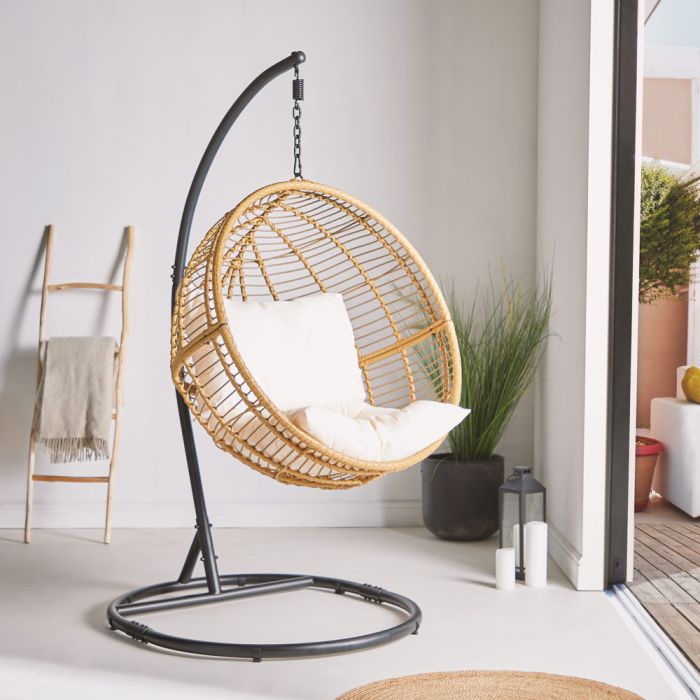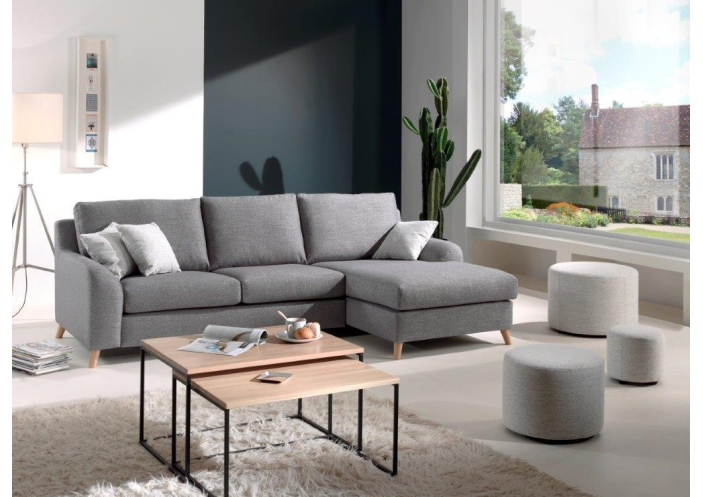- This topic is empty.
-
Topic
-
Nordic Scandinavian design is a design movement that emerged in the 1950s in Denmark, Finland, Iceland, Norway, and Sweden. It emphasizes simplicity, functionality, and minimalism, with a focus on creating clean, uncluttered spaces that are both practical and aesthetically pleasing.
It is shown by the use of natural materials, such as wood, leather, and wool, and a neutral color palette that often includes shades of white, grey, and beige. It also emphasizes the use of light, with large windows and open floor plans that allow natural light to flow through a space.
Furniture and decor are often characterized by clean lines, geometric shapes, and simple, functional forms. Common design elements include the use of natural textures, such as woven fabrics or unpolished wood, and the incorporation of organic forms, such as animal or plant motifs.
It has become increasingly popular in recent years, with its focus on simplicity and functionality resonating with many people. It is often associated with the concept of “hygge,” a Danish term that refers to a feeling of warmth and coziness.
- The Egg Chair by Arne Jacobsen
- The String shelving system designed by Nisse Strinning
- The PH5 Pendant Lamp designed by Poul Henningsen
- The Alvar Aalto vase by Alvar Aalto
- The Paimio Armchair by Alvar Aalto
- The Muuto Dots coat hook by Lars Tornøe
- The Eames Lounge Chair and Ottoman designed by Charles and Ray Eames
- The Marimekko Unikko print by Maija Isola
- The Skagen watch by Henrik and Charlotte Jorst
- The Kastehelmi glassware by Oiva Toikka.
These examples showcase the clean lines, simplicity, and functionality that are characteristic of Nordic Scandinavian design. The use of natural materials, such as wood and glass, is also evident in many of these designs, as is the neutral color palette of whites, greys, and beiges.


- You must be logged in to reply to this topic.

